Unfolding the Mysteries of Egyptian Amulets

Egypt’s ancient civilization tantalises the modern consciousness, drawing our attention to its captivating art, riveting mythology and awe-inspiring monuments. Among these relics of a time long past, the unique artifacts known as amulets hold a potent significance. These small charm-like pieces have basked in the shadow of Egypt’s ancient culture as potent symbols of protection, spiritual connection, and artistic expression. Artfully crafted, their role within the ethereal planes of life, protection, and the afterlife urge modern scholars to ponder and peel back their layers of meaning, granting us a fascinating insight into the Ancient Egyptians’ beliefs, superstitions, and powerful cultural imagery. Their influence still echoes within our contemporary lives, resonating through the corridors of art, design and symbolism.
Ancient Egypt and Amulets
The Enchanting Role of Amulets in the Ancient Egyptian Existence
Captivating the human world for millennia, the artistry and symbolism of Ancient Egyptian artefacts continue to stir the imagination, whispering stories of a bygone era ripe with mysticism and intrigue. Among the many beguiling creations of this remarkable civilisation, one stands out for its deep cultural and religious significance – the Ancient Egyptian amulet. These enchanting charms soaked in symbolism assumed a profound role in the lives of Ancient Egyptians, a role that continues to inspire and captivate artists and historians alike.
Encoder of Eternity
An amulet, shrouded in mystery and magic, was more than just an accessory in the life of Ancient Egyptians. It encompassed an embodiment of divine power, protection and a marker of societal status. Fashioned from an array of materials, like faience, glass, wood, semi-precious stones, and even metals, Ancient Egyptian amulets served to encode their wearer’s aspirations and beliefs into wearable art steeped in symbolism. Such embodiments of eternity shimmered in a kaleidoscope of blues, greens, and golds, imbuing every piece with an unspoken story.
Guardians of the Veil
Dominating the realm of the afterlife was the key role Ancient Egyptian amulets played. Intricately tied to the culture’s profound perception of death and life after death, amulets served as primary guides, guarding the souls across the veil of reality into the celestial beyond.
Different types of amulets bore different meanings and powers. The scarab – symbolising the sun god Ra and renewal – offered protection and guidance during the transformation of life to death. The ankh, representing life and immortality, blessed the wearer with health and longevity. The Eye of Horus, a talisman synonymous with protection, served to shield its wearer from evil forces.
The Fashioning of Faith
The artisan’s nimble hands were as much a communicator of faith as the priests’ lips were in Ancient Egypt. Apotropaic amulets, meaning ‘to ward off’, bore potent protective powers against malevolent forces. Whether worn daily, etched onto tomb walls, or placed intricately between mummy wrappings, amulets made the ethereal tangible, translating vast cosmic belief into crafted minutiae filled with profound value.
Drawing Inspiration
Astonishing as it may seem, the Ancient Egyptians’ fervour for amulets stretches beyond the realm of archaeology and history. It reaches into the heart of contemporary art culture, inspiring a modern generation of artists and jewellers. The divine symbolism, vibrant colours, and multi-textured materials continue to fuel creative processes, empowering art that blends the heritage of the bygone with the essence of the contemporaneous.
Thus, the role amulets played in Ancient Egyptian life was significant and multilayered. Charged with protection, spirituality, and of course, artistry, these mystical talismans unveiled an enchanting overview of a culture’s faith and artistic expression – a symbiotic relationship between art and the artisan. So the next time you gaze upon an amulet, remember, it’s much more than a piece of jewellery; it’s a window into an ancient world, still continuing to inspire the creators of today, tomorrow, and beyond.
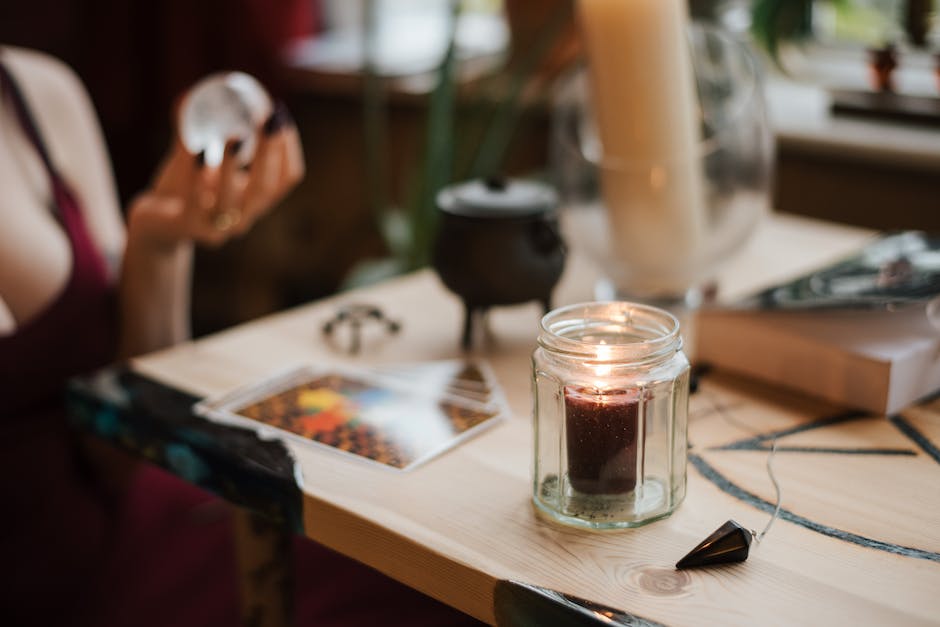
Amulets for Protection
When turning over the pages of the history, the rich and vibrant tapestry of Ancient Egypt unfurls. It takes us back to a civilization that was advanced beyond its era, flourishing with riveting rituals, beliefs, and traditions. At the core of this lay the charming amulets, which were not just an aesthetic embodiment but an essential linchpin of their ideological compass. Let’s take a closer look at how the Ancient Egyptians employed these amulets for protection.
Amulets were all the rage in Ancient Egypt, considered an essential part of daily life, and offering what we might call a spiritual insurance policy. Serving an array of pragmatic functions, they were primarily invoked for protection. Egyptians envisaged life with an underlayer of supernatural forces that could be mediated with the right tools. Hence, they cultivated an air of harmony with the divine world by embedding amulets within their lives.
An interesting aspect of this practice was that amulets weren’t just limited to the living. The dead, passing onto the realm beyond, were bejeweled with amulets too, creating a symbiotic relationship between the tangible and intangible existence. This was done to ensure safe passage and protection in the hazardous journey through the afterlife. To put it simply, no Egyptian, either in life or death, left home without their amulets.
Quite fascinatingly, amulets were not just a random assortment of objects. They bore symbolic imaginings, each marked with profound meaning and intent. The ‘Wedjat’, the Eye of Horus, was probably one of the most recognisable, touted as a symbol of protection, healing and power. Then there was ‘Djed’, symbolic of stability and strength. These talismans, each singing praises of symbolic narratives, were thought to provide safety and shield against the wrath of lurking evil forces.
The patrons of creation, the divine beings, were equally critical in amulet design, almost as if each artefact was a small piece of heaven on earth. Certain amulets were intricately crafted to resemble gods or divine attributes. This ranged from the scarab beetle symbolizing rebirth to vultures signifying protection, subtly echoing the artistic zenith reached by the creators. Their clever artistic renditions, blended with potent symbolism, was a way of invoking the deity’s presence and favour in the mortal realm.
Quite miraculously, this intimate relation between humans and the divine through these amulets, continues to persist. Their stylistic charm and profound symbolism has left a dent in the fabric of art, continuing to inspire contemporary artists and jewelers. This ancient heritage, therefore, emerges as a testament to the exquisite union of belief and artistry in Ancient Egyptian civilization.
In conclusion, protection in Ancient Egypt was more than just a physical concept, it encompassed a spiritual, divine dimension. A magical universe was interwoven into the quotidian life through these enigmatic amulets. Their diverse designs, symbolic meanings and versatile functions proclaimed the ever-living essence of the deities, creating an extraordinary, artistic labyrinth of beliefs and faith that transcended the constraints of time and space. The amulets became an extension of people’s lives, flitting between realms, attesting to the assurance that they were in tune with, and under the watchful, protective eyes of the divine.
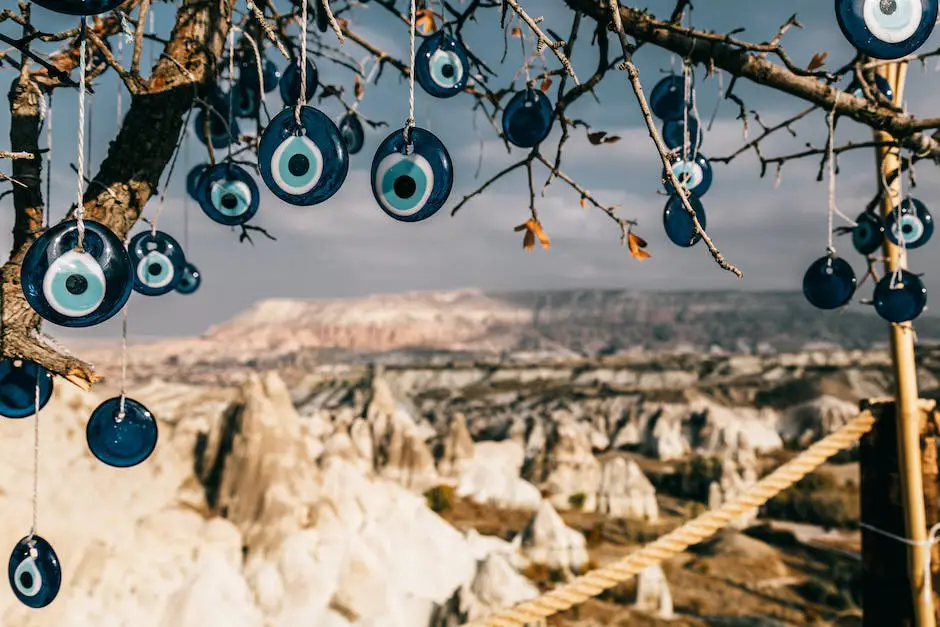
Amulets and the Afterlife
The Amulets of Ancient Egypt are not just meagre pendants or charms; they are the curators of momentous tales woven in the vivid panorama of their belief system and traditions. Regarded as potent tools for protection and alignment with the divine, amulets also held an essential place in the day-to-day life of the ancient Egyptians. Every individual, from the mighty Pharaoh to the humble artisan, sought to tap into the paranormal forces the amulets encapsulated.
Endowed with pragmatic functionalities, amulets were carried by wearers throughout life, creating a symbiotic relationship wherein the amulet guarded its bearer from afflictions and bought its wearer closer to the divine. They catered to the prevailing belief in the supernatural, fostering harmony with forces beyond mortal comprehension. Studies suggest that these amulets were used not just during the bearer’s lifetime but also accompanied them to their graves, further preserving the sanctity of their journey to the afterlife.
Embarking on the impressive repertoire of amulet designs, the permutations are as varied as they are intriguing. Each design represented an explicit ideology, a connection with a deity or a mantra for protection, hence making them transcend mere ornaments and venture into the realm of divine echelons. From intricate Eye of Horus amulets to the famous Scarab beetles, each held a complex web of symbolic meanings curated with profound intent.
One remarkable feature of the ancient Egyptian amulets was the infusion of divine attributes into their design, a genius stroke that harmonised the mortal with the immortal. Ankh amulets showcased the elixir of life, while Djed column trinkets emanated the idea of stability; divine attributes were woven in an earthly matrix, creating masterpieces of enduring elegance and profound symbolism.
It’s this cosmically charged design ethos that continues to inspire contemporary art and jewellery, a testament of the timeless appeal and allure of these ancient symbols. Despite millenia passing, the echoes of Ancient Egypt reverberate in the contemporary artistic palette, transforming mere gold and gems into talismans of power and sublimity.
Ancient Egyptians revered protection not merely as a physical facet but also as a spiritual one. The divine dimension was intricately stitched into the realm of safety, revered as the balancing scale of life and the cosmos. This to them was not a mere belief, but a way of life, a paradigm that infused magic into their everyday existence and the afterlife with tangible relics of that construct- the timeless amulets. In the whirling sands of time, they stand mighty as the testament to the ingenuity of their creators and the nuances of Ancient Egyptian ontology. This incredible cultural legacy continues to inspire, stimulate curiosity and spur creativity.
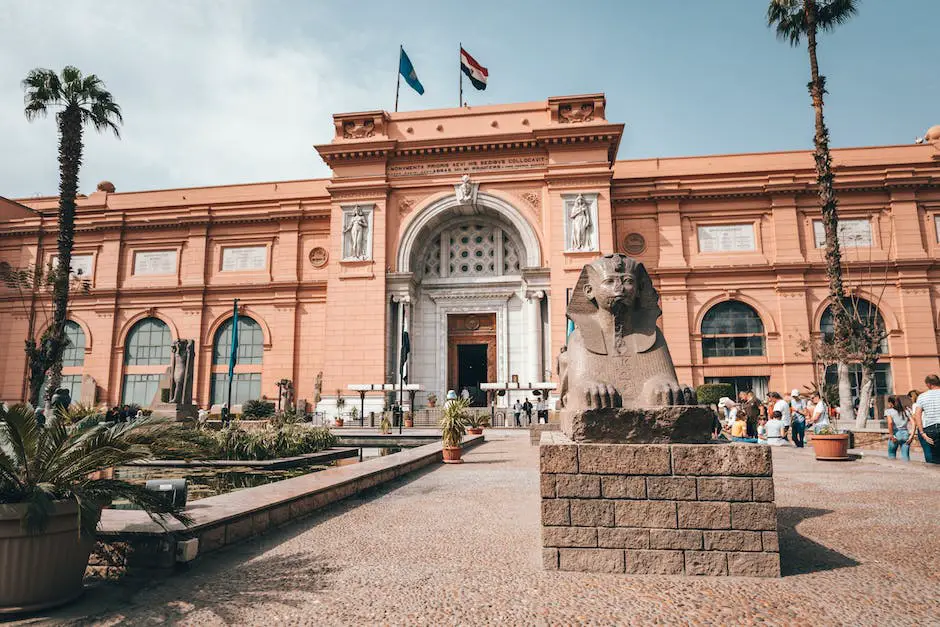
Artistic Degustation: Amulet Designs
Tiptoeing further into the vibrant tapestry of Ancient Egyptian culture, a stroll down the lane of their mesmerising world of amulets awaits. From daringly intricate designs to intricate inherent meanings, the facets of Egyptian amulets articulated the broader narratives of life, morality, and cosmos.
A myriad of designs reigned supreme, including the notably acclaimed Eye of Horus and the Scarab beetle, each possessing unique symbolisms. The Eye of Horus, enchanted as ‘Wedjat’, represented the notion of protection, as well as magically restoring completeness with its connotation to the moon, whose waxing and waning mirrored earthly cycles. Hence, donning these lent the wearers a ward against potential harm and brought about holistic health and prosperity.
Profoundly captivating are the Scarab amulets, which imitate the semblance of a scarab beetle, a symbol associated with the divine manifestation of the sun god Ra. The scarab, for Egyptians, epitomised rejuvenation and resurrection, the idea coming from the beetle’s cycle of life. This emblem of constant transformation and regeneration served both physical and mystical purposes, an amulet truly tethering the mortal realm with the divine.
Of added interest, it is the amulet of the Djed pillar coined from the spine of the god Osiris. A symbol of stability and endurance, it was believed to channel the resurrection powers of Osiris, thus guaranteeing the rebirth and longevity of the wielding soul. Furthermore, the Ankh amulet, representing ‘life’, found extensive use in various ceremonies, especially those linked with the realm of the dead, assuring eternal life.
The embellishment of divine attributes in these designs evinces the Egyptians’ yearn for a deep nexus with the celestial world. The preparation of these amulets was often infused with ritualistic precision, readying these objects to tune into the cosmic frequencies and emit an aura of spiritual shielding.
Stepping out of the time capsule, the designs of these Egyptian amulets have illuminated the trail for contemporary artists and jewellery designers. The popular ‘Eye of Horus’ and ‘Ankh’ designs are commonplace in modern fashion, so much so that it’s impossible to ignore their ancient roots. These designs’ transcendent charm weaves an intriguing fusion of the old and new, painting a timeless ode to the grandeur of Ancient Egypt.
Offering more than meets the eye, each amulet was a marvel of metaphysical wisdom, favouring protection both in physical and spiritual dimensions. A believer was not merely adorned with intricate designs; each amulet was a thoroughfare to balance one’s life with the might and magic of the cosmos, amplifying the pursuit of harmony.
Unravelling the narrative wrapped within the designs of Ancient Egyptian amulets brings to light their subliminal communication with the divine. A chorus of symbols and designs harmonised in an artistic expression of high moral and metaphysical beliefs, forging an ethereal link between the metaphysical and physical realms.
In capturing the essence of Ancient Egyptian amulets, one does not merely bear witness to their visual captivation or dextrous craftsmanship. They step into an immersive dialogue with cosmic forces and spiritual canvases, as alive today as they were then and will continue to inspire the blank canvases of tomorrow.
It is their enduring legacy and ongoing inspiration that keeps the Ancient Egyptian amulets pulsing in the lifeblood of artistic expression, back then, now, and for time immemorial.
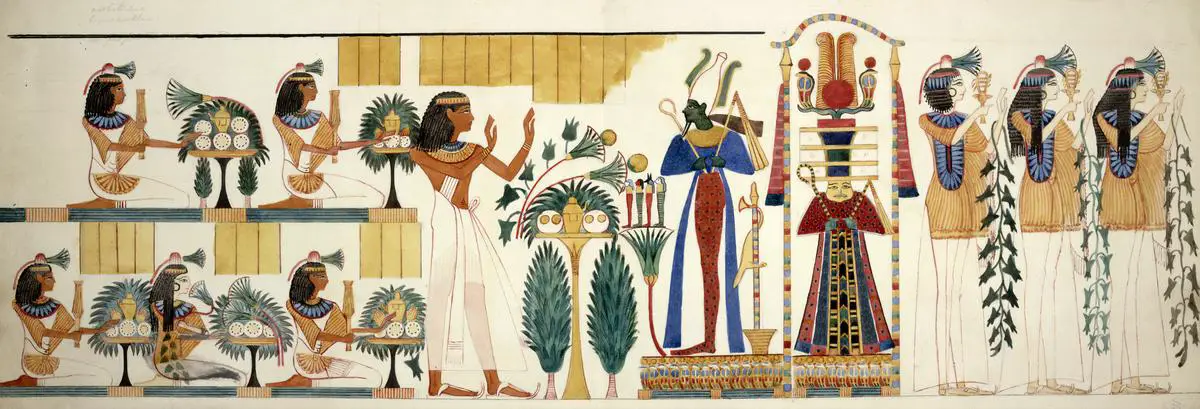
Photo by britishlibrary on Unsplash
Influence and Evolution of Amulets
Egyptian Amulets: A Legacy Breathing Life Into Contemporary Art
Mystical, sacred, and brimming with symbology, the amulets of Ancient Egypt have left a powerful, profound footprint on modern art. The imprints of the past can’t simply be seen; they mould the present, infusing it with timeless wisdom and inspiration. Yet, the fascinating journey of Egyptian amulets doesn’t conclude with their socio-religious implications in Ancient Egypt. This journey extends into fertile grounds of creativity and artistic exploration that define modern art today.
Deep diving into the realm of eclectic modern art pieces pays homage to the extraordinary legacy of Egyptian hieroglyphs and amulets. Walk into any museum or art gallery, and pieces with tell-tale Egyptian motifs may snare your thoughtful gaze. These could be as subtle as a carefully crafted scarab in the corner of a painting or worn by a sculpted figure, silently singing sermons of regeneration and eternity.
The intricate carving artistry of amulets and their captivating geometries have particularly influenced sculptors. Artists painstakingly create miracles with marble, recreating the magic of Egyptian depth and textures. The Djed pillar amulets, symbolic of the god Osiris and stability, appear frequently in contemporary sculptures. Likewise, the Ankh amulet embodies endless life, eagerly printed on shirts, paintings, and even tattooed as a striking insignia of hope.
The seamless weave of metaphysical wisdom and the physical realm that formed the essence of amulets is mirrored by Abstract Art. Such art manifests non-concrete realities, transporting audiences to a world emblematic of the divine interconnection that amulets broadcast.
Interestingly, the art of jewellery design pays one of the finest tributes to the Egyptian amulets. Jewellers craft exquisite pieces replicating the prestigious Eye of Horus, Scarab, and countless other amulets. These are not just aesthetic adornments but carriers of a mystical, ancient form of protection, much like their original inspirations.
Illustration and mural arts also celebrate the brilliance of Egyptian amulets. Detailed designs of the Eye of Horus or Ankh dwelling amidst flamboyant murals or street art showcase the powerful artistic dialogue between antiquity and the contemporary world.
Resonating mightily with the spirit of harmony and connection, which was at the heart of Ancient Egypt’s amulet culture, the influence is felt even in New Age symbolism and belief systems. The symbols and their meanings are adopted and adapted, paving the way for a renaissance of primordial insights in an age craving rehealing and reconnecting with its root.
The magnificent amulets of Ancient Egypt have paved the way for rich symbolism and diverse stylistic realms in contemporary art. They’ve entrancingly transformed from tangible protections against evil forces to versatile symbols of universal peace, stability, and harmony. Such is brilliance reincarnated, the wisdom of the ancients kept alive in the heart of creativity; in art, where the past, present, and future beautifully commune. They communicate with us the same age-old wisdom, as was intended in their creation: Life, much like art itself, is a balance of the cosmic and the real, the earthy and the divine.
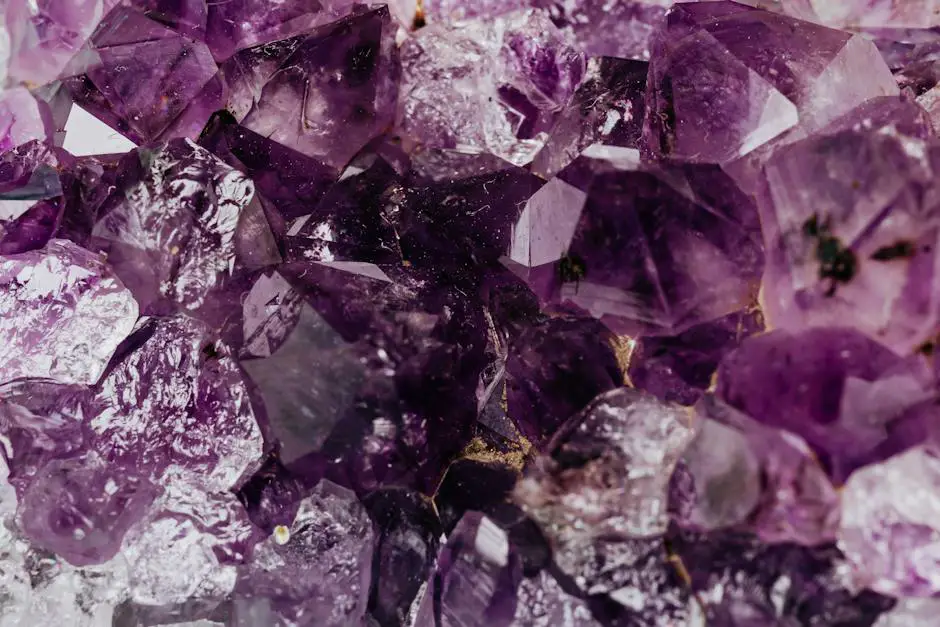
As we traverse from the pyramid’s heart to the canopic jars crafted with the keenest precision, we marvel at the miniature world alive beneath Egypt’s smouldering sun. These intricate amulets, once cradled by ancient hands, now tell stories of their owners’ lives, hopes and fears, etched in stone, glazed terracotta and carved wood. Echoes of their craft resonate with us today, vibrating on the cords of our collective cultural memory. Through them, we acknowledge the continuity of human experience–our shared need for protection, our universal curiosity about the afterlife, our undying wish to create and appreciate beauty. Egyptian amulets, these enigmatic artefacts from a civilization cloaked in time’s mystic shroud, continue to inspire, enlighten, and captivate, standing as testimonials to our shared human story.
Recommend0 recommendationsPublished in Art History







